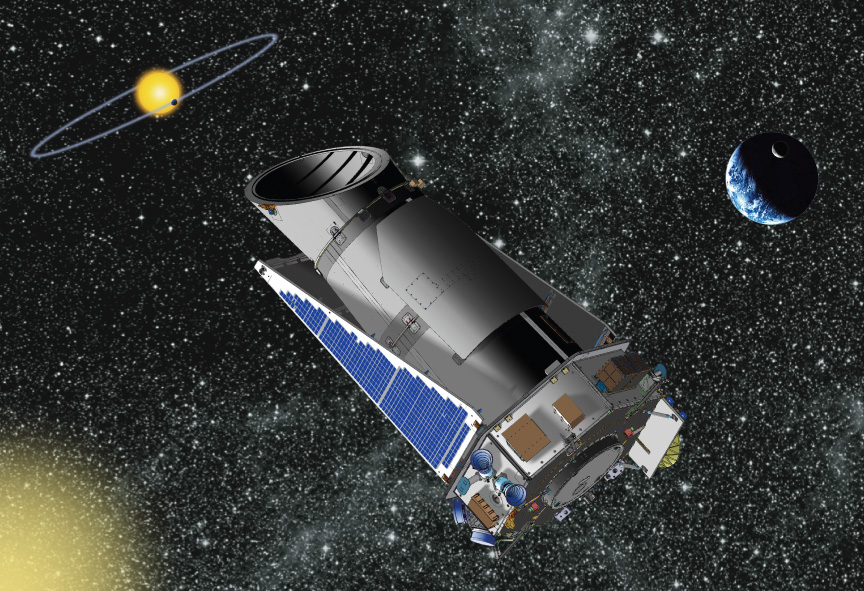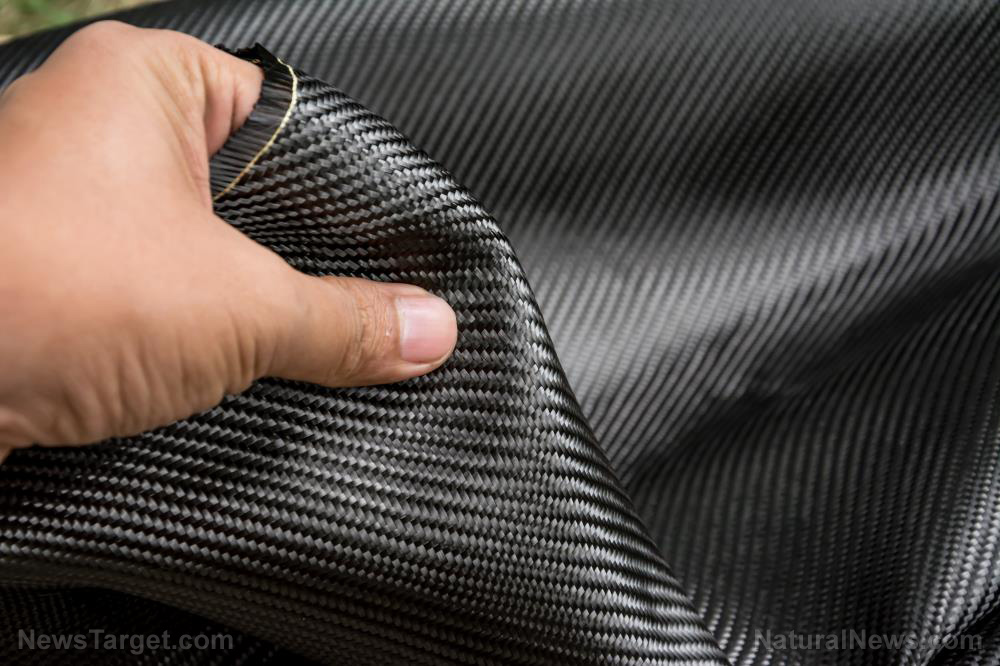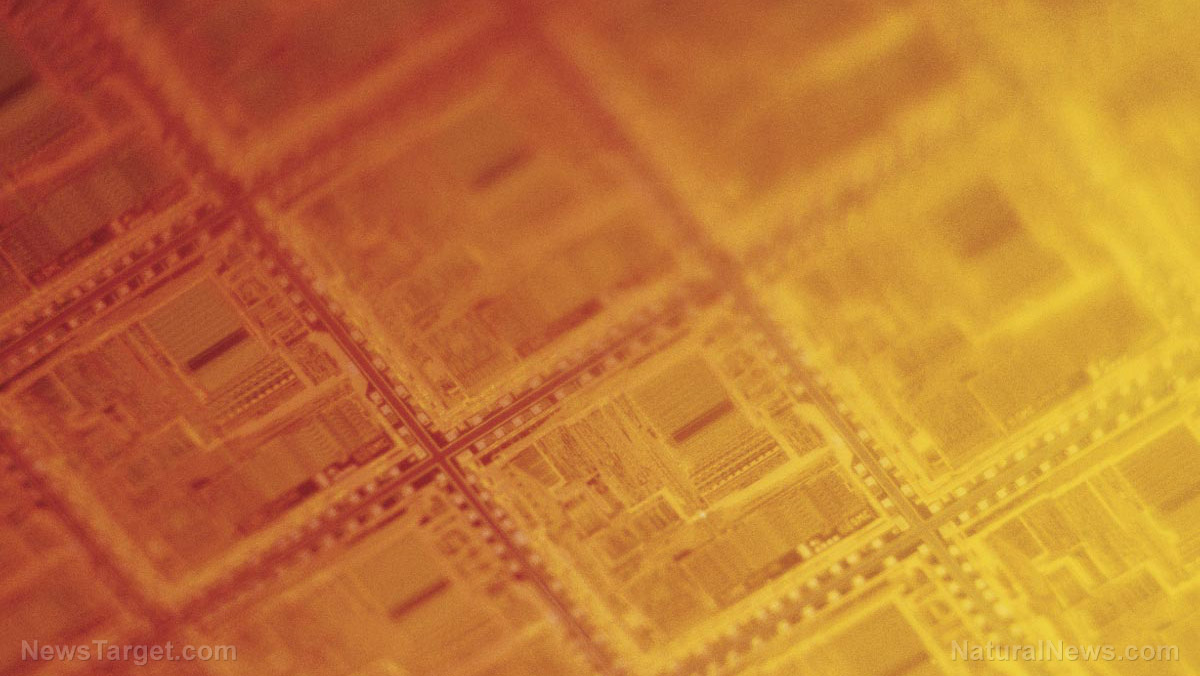Scientists study dragonflies to improve missile defense systems
05/17/2020 / By Arsenio Toledo

Scientists are testing whether studying dragonflies can help improve the computing programs that run missile defense systems. These researchers from the Sandia National Laboratories believe that replicating the brain of a dragonfly in a computer algorithm can make missiles more effective.
Dragonflies are some of the best fliers and hunters on the planet, able to catch around 95 percent of their prey. These nimble insects are able to do this through their very remarkable brains, which are capable of very fast and complicated computations, and their large eyes, which give them amazing vision from nearly every angle.
When dragonflies pursue their next meal, they don’t just chase after it. Instead, they try to figure out where it will head to next and calculate a straight path towards that area. A dragonfly can even correct its course as its prey bobs and weaves.
This sophisticated hunting ability is very good, especially considering dragonflies’ lack of depth perception. In an attempt to replicate this hunting ability, computational neuroscientist Frances Chance reverse-engineered the dragonfly’s behavior to simulate how dragonflies track down their prey. (Related: Genetically engineered cyborg dragonflies now being weaponized for surveillance missions.)
Missile defense systems have much to learn about how dragonflies hunt down their prey
Chance, who specializes in replicating biological neural networks, said that the results of her study were very interesting.
Dragonflies’ reaction times are very quick, taking them 50 milliseconds to react to their prey’s maneuvers. For comparison, humans take an average of 300 milliseconds to blink. Chance says that 50 milliseconds is only enough time for information to travel about three neurons.
This has interesting implications for the missile defense systems all over the world, which use a lot of computing power for a very similar task. By using the dragonfly’s brain as a model for future missile defense systems, it may be possible for these defensive networks to make use of more efficient computers that need less power to operate, while at the same time increasing the kill ratios of these missile systems.
Furthermore, learning from Chance’s dragonfly algorithm can help missile defense systems intercept more complex targets, such as hypersonic missiles, or at the very least,show how missile systems can calculate interception pathways using less sophisticated computers and sensors.
While Chance concedes that there are large differences between dragonflies and missile defense systems, such as the fact that missiles and dragonflies move at vastly different speeds, she still believes that today’s missile systems can learn a lot from the highly efficient “dragonfly model” of target interception.
By developing a computational model that uses the dragonfly’s brain as a blueprint, smaller and lighter missile defense systems can be made that use new ways of intercepting targets. Many industries already use AI, and the defense industry stands to gain a lot from learning how to make quick and efficient solutions for complex problems with it.
Military experts already believe that artificial intelligence will be playing a critical role in the United States’ ability to counter missile threats. As traditional ballistic missiles are being replaced with more maneuverable and precision-guided models, missile defense experts are now challenged to update current missile defense infrastructure – and they believe that these new systems will need AI with extremely quick reaction times. Hopefully, with enough research and funding, Chance’s dragonfly models can be applied to future systems.
Militaries all over the world are improving their defensive and offensive capabilities every year. Learn more about the latest in military tech by reading the articles at MilitaryTechnology.news.
Sources include:
Tagged Under: biomimetic, biomimetics, biomimicry, dragonflies, dragonfly, future science, future tech, goodtech, innovation, military tech, military technology, missile defense system, missiles, neurology, research, science and technology, weapons technology, weird science
RECENT NEWS & ARTICLES
COPYRIGHT © 2017 REAL SCIENCE NEWS



















